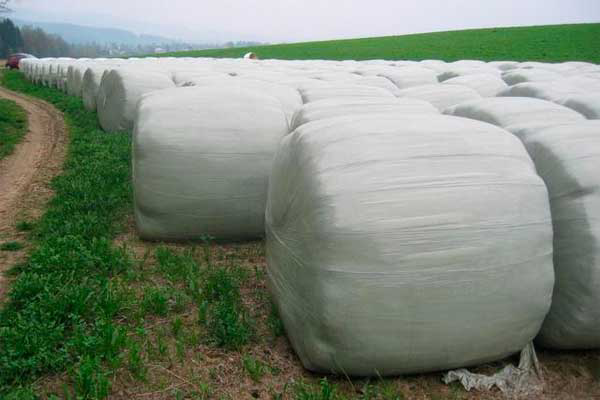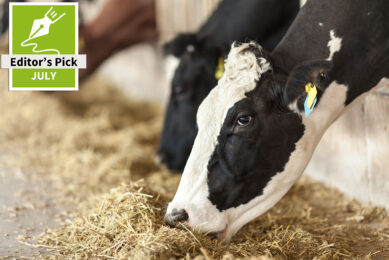Fungal populations and mycotoxins in silages

There are several key points in the supply chain of animal feed when mycotoxins and fungi can occur: in field, in mature silages, within a silo and during feed-out. Academic researchers in Italy focused on silages as the key control point of mycotoxins.
Their review, which appeared in Animal Feed Science and Technology in April 2013, describes fungi and mycotoxin contamination in silages, focusing on their occurrence as well as factors affecting their concentrations and distribution at harvest and during ensiling. The impact on sampling and analysis is also discussed.
Silage making increased considerably from the 1960s and is the predominant method of forage preservation in temperate areas of the world. Silage is widely used in farms and has a substantial role in animal production systems.
Currently, silage quality is evaluated by chemico-fermentative parameters. However, the presence of bacteria, moulds, and/or some of their metabolites, i.e., mycotoxins, must be considered as the impacts on animal health and growth are significant. The knowledge of mycotoxin occurrence in animal feed was concentrated primarily on commodities, such as grains and cereals. However, the contribution of silages to total mycotoxin intake could be significant and sometimes greater than that of compound feed in ruminant diet, as forages are the main dry matter component.
The silage process is mainly under the control of the farmer. Therefore, large differences in preservation quality can be found, and different fungi found in forage may lead to a varied spectrum of toxins. The evidence regarding fungi and mycotoxins occurring in different silages from different geographical areas, and the fate of fungi and mycotoxins during ensiling, confirm the need to monitor the quality of silage that is fed to animals. Economical and straightforward silage testing is critical to reach a quick and sufficiently accurate diagnosis of silage quality, which allows for “in field” decision making with regard to the acceptability of a given forage for its use as animal feed.
For more information see Science Direct











